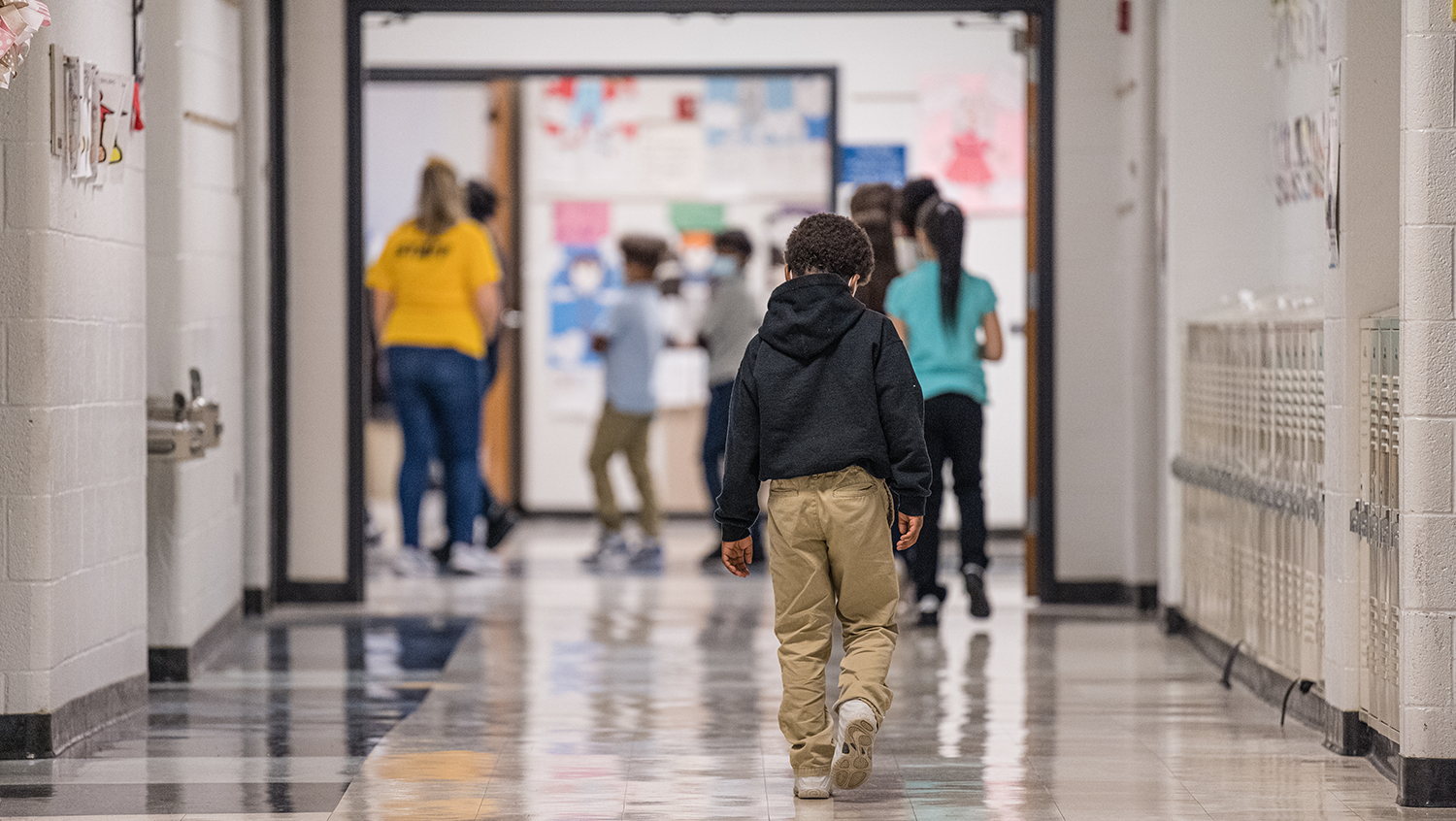Pandemic Led to a Surge in Depression and Anxiety Among Children of Color
February 1, 2022

Jon Cherry, Getty Images
Researchers say new prevention and therapeutic programs are needed to mitigate the psychosocial impact of COVID-19 on families of color.
The COVID-19 pandemic led to increased depression, anxiety, and social risks among children of color aged 5 to 11 years old, according to findings published in Child and Adolescent Psychiatry and Mental Health. The study, led by researchers at Boston Medical Center, is one of the first to quantify the negative psychosocial impact of the COVID-19 pandemic on children of color using pre- and mid-pandemic data.
Rates of depression and anxiety increased from 5% before the pandemic to 18% during the pandemic. This study also examined the social risks of families throughout the pandemic, with caregivers reporting higher social risks, such as food and housing insecurity, compared to before the pandemic. Half the families reported food insecurity during the pandemic, compared to 16% before.
A reduction in school assignment completion, increased screen time, and caregiver depression were also significantly associated with worse mental health in children during the pandemic.
Rates of depression and anxiety increased from 5% before the pandemic to 18% during the pandemic.
“Our fear is that the pandemic has led to a mental health crisis for both caregivers and children following the incredible stressors that COVID-19 has put on families,” says Andrea Spencer, MD, an adult, child, and adolescent psychiatrist at Boston Medical Center.
“We specifically looked at our patients of color, who are already at higher psychosocial risk and also most susceptible to the impacts of the pandemic, therefore raising particular concern for their mental health,” Spencer added.
This cohort study, conducted between September 2019 and January 2021, included 168 child caregivers from a safety-net hospital-based pediatric program. Fifty-four percent of the caregivers in this study identified as Black and 29% Hispanic. About a quarter were non-English speaking.
While mental health symptoms were significantly correlated with social risks before the pandemic, that wasn’t the case at the time of the mid-pandemic survey, perhaps suggesting that the impact of social risks are more chronic than acute.
With the exception of difficulty with transportation and affordability of medication, all items on the social determinants of health screener were significantly more prevalent mid-pandemic compared to before the pandemic. Responses to the survey highlighted the social and financial impact felt by these families of color.
“These findings point to the critical need for public health efforts to mitigate the psychosocial effects of the pandemic on children and communities of color while searching for solutions to support the increased demand,” says Spencer, also an assistant professor of psychiatry at Boston University School of Medicine.
“We need new or expanded community-based, school-based, family-based, and trauma-informed treatment and prevention programs to reach the most affected families.”
Researchers recommend that future studies focus on the pandemic’s long-term influence on children’s screen time, social engagement, participation in activities, and mental health outcomes.


